
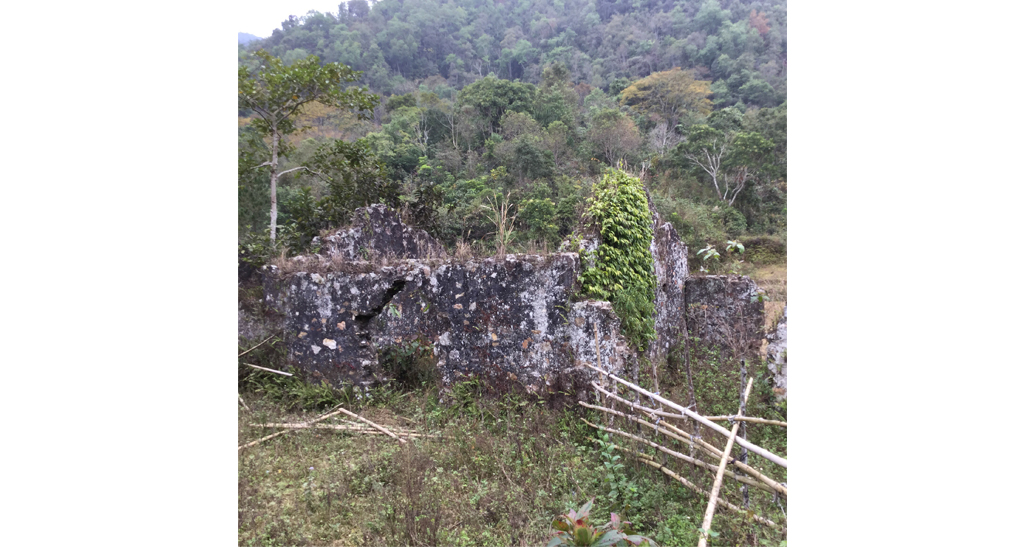
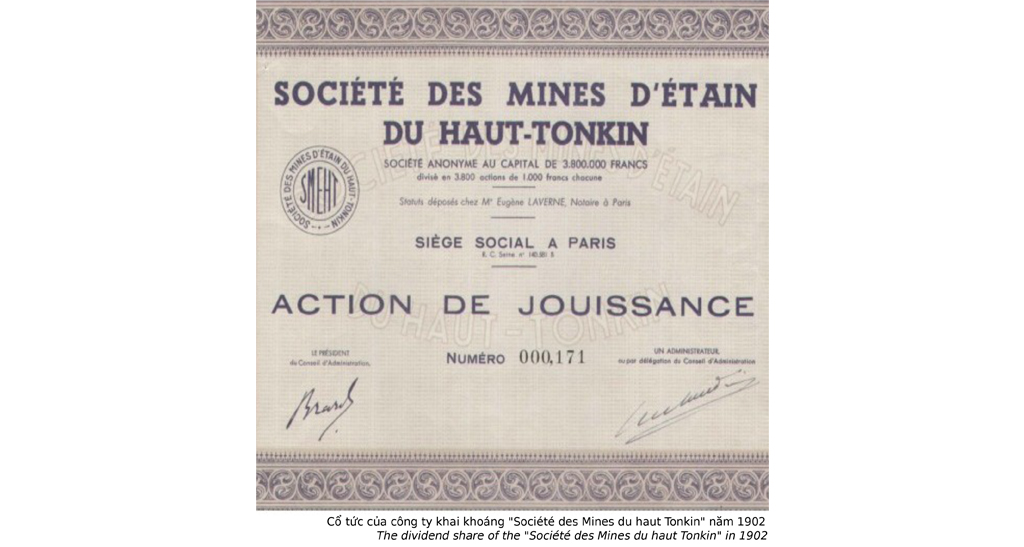
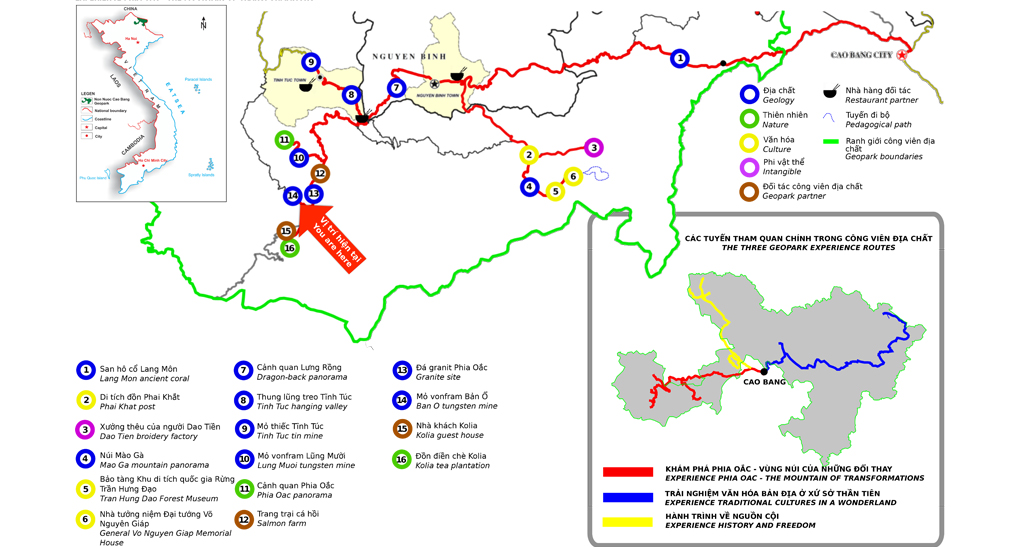
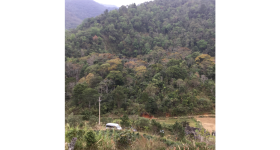
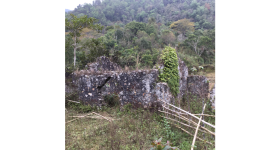
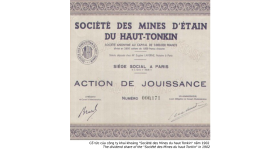
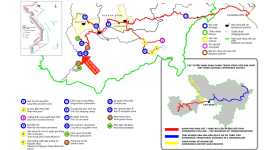
Price: Free
Phone: (0206) - 3854 211
Time to visit a place: 120 phút
Open Time: 7:00 AM - Close Time: 6:00 PM
Email: sovhtt@caobang.gov.vn
Address: xa Thanh Cong, huyen Nguyen Binh, tinh Cao Bang Xã Thành Công, Tỉnh Cao Bằng
Ban O mine is a tin-tungsten mine located in Thanh Cong commune, Nguyen Binh district. This mine is situated in the east of Phia Oac mountain range, and was exploited by the French from 1908.
The origin and location of the minerals are the same as in Lung Muoi mine: inside quartz veines crossing the Phia Oac granite massif. The granite was formed around 100 million years ago.
In 1902, a French company called Société des Mines du haut Tonkin (Mine Society of High Tonkin) was formed to exploit the different Tin Tungsten mines around the Phia Oac (exept Tinh Tuc which was exploited by another French company).
In 1910, the production of tin/tungsten from Phiac Oac was around 225 tons and grew to 384 tons in 1937. The raw material was directly exported for use in France until 1938, from which time it was sent to Singapore for treatment.
The French supervisors in charge of the mine lived in typical "colonial house" style accommodation such as the remaining one called red villa, which is characteristic of French colonial architecture. The mine workers were mainly Chinese and Vietnamese coming from Hai Phong and areas of Tonkin delta.
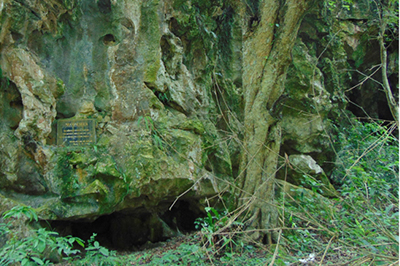
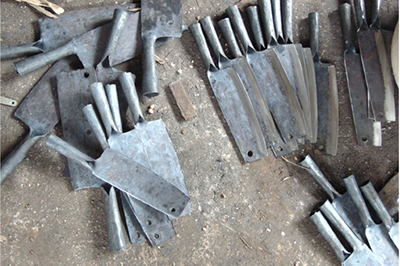
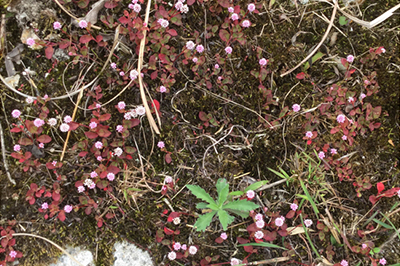
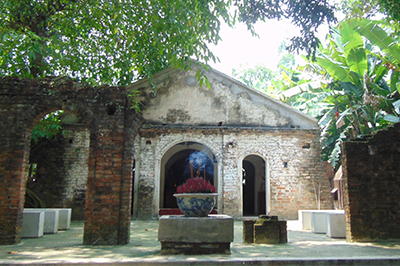
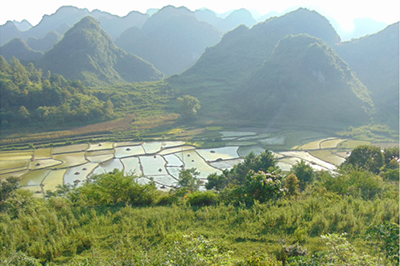
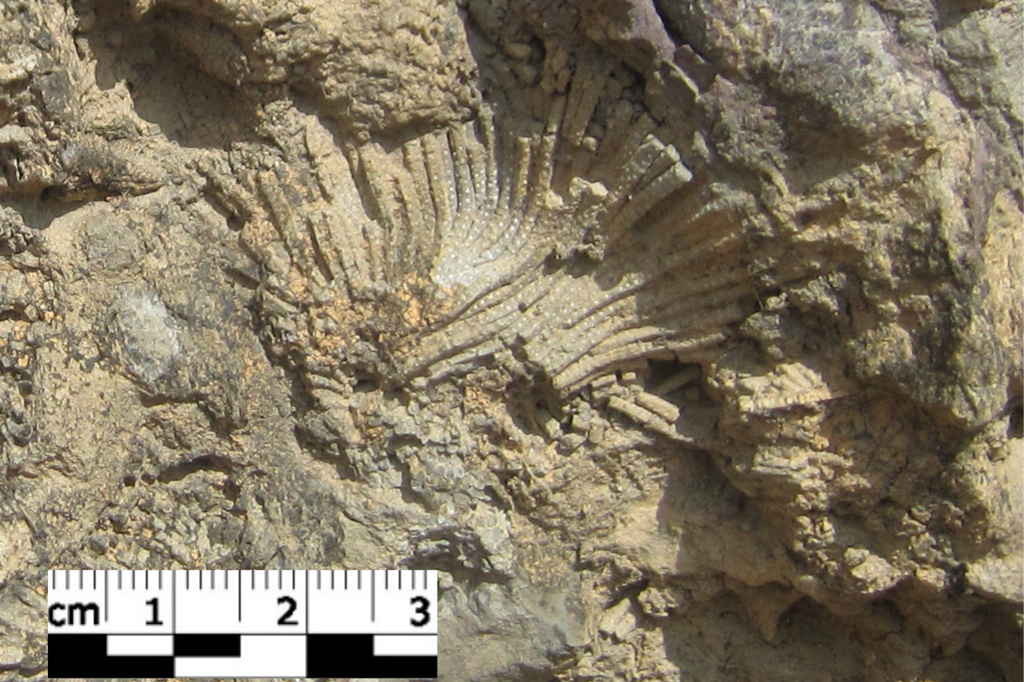
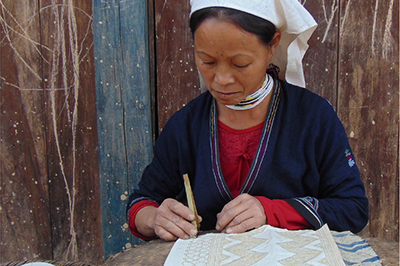

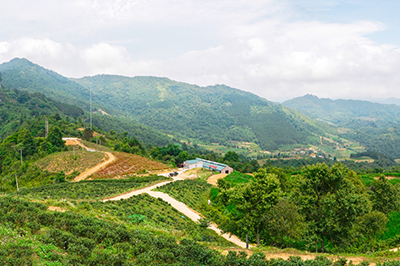

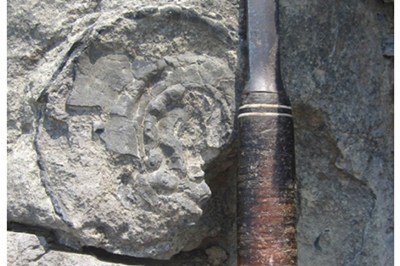
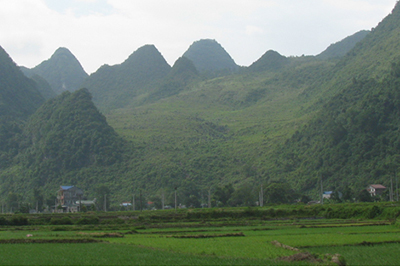

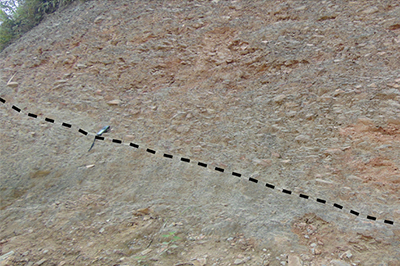
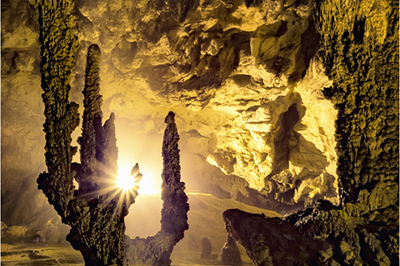

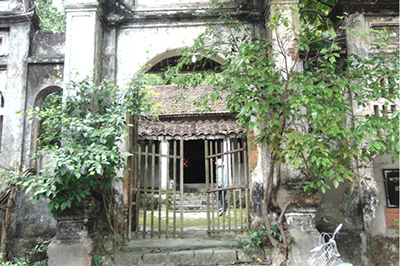

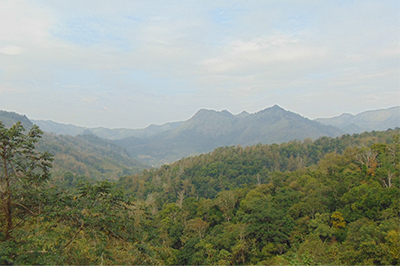
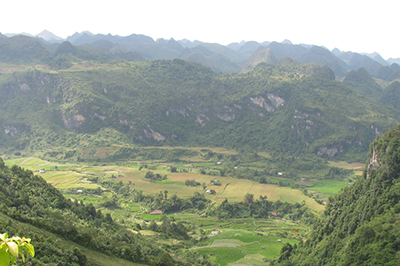
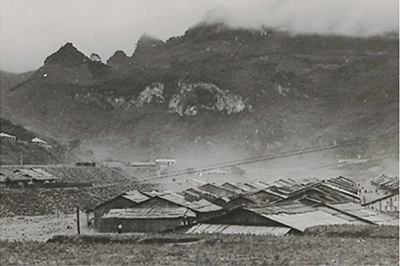
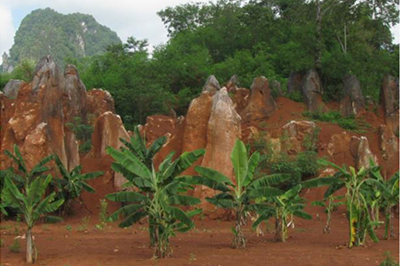
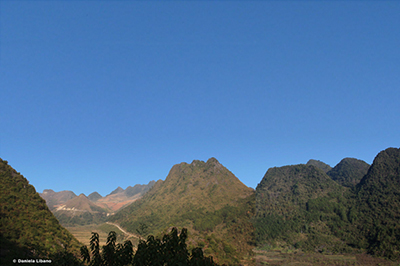
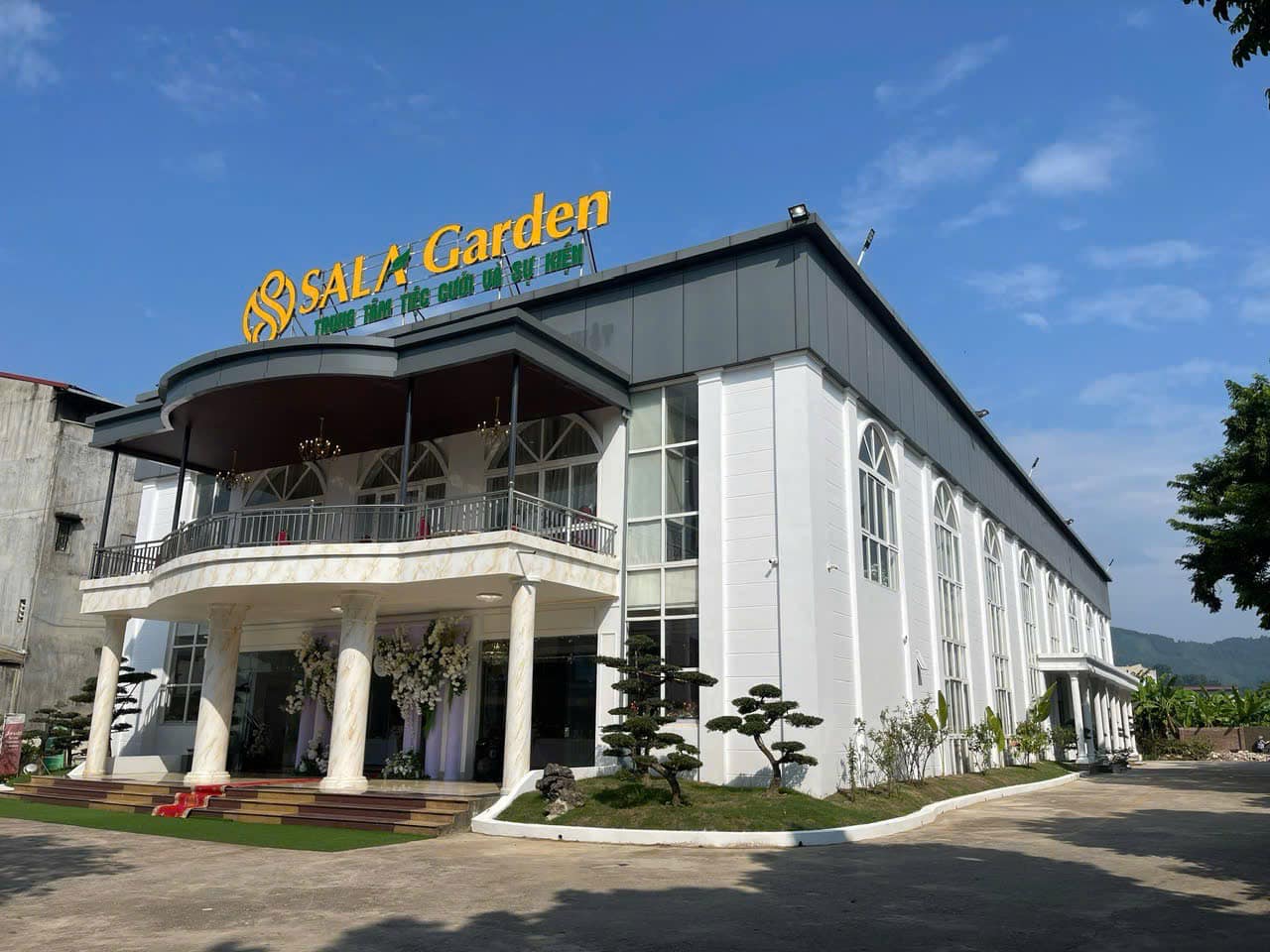
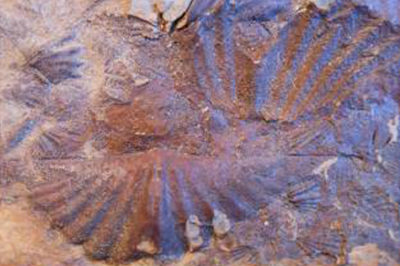
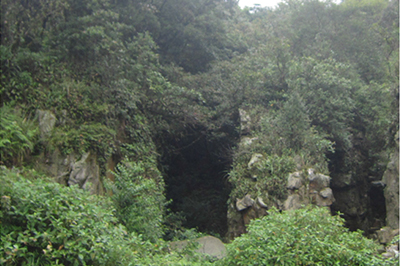
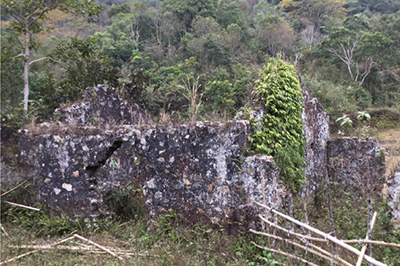
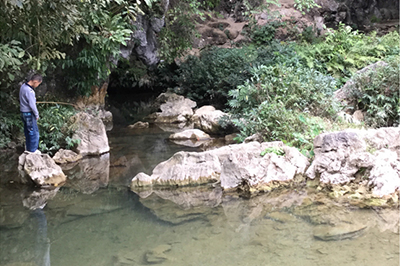
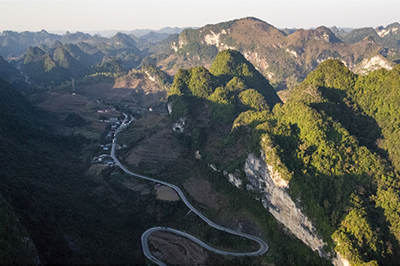
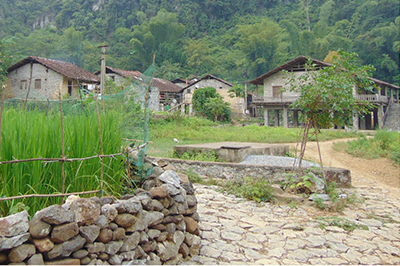

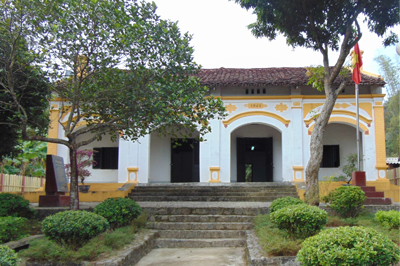
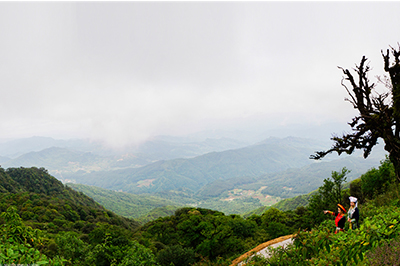
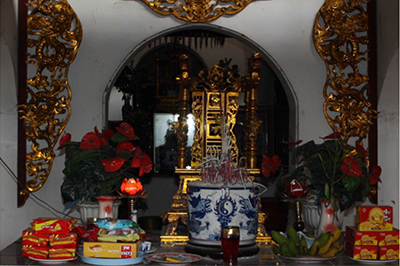

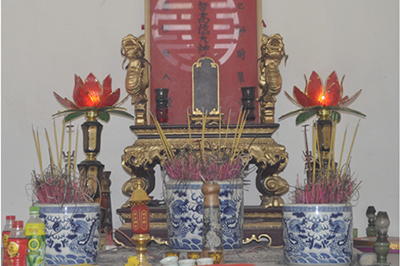
Distance: 2.65 km
Distance: 0 m
Distance: 2.08 km
Distance: 2.43 km
Distance: 2.65 km
Distance: 4.48 km
Distance: 8.39 km
Distance: 8.76 km
Distance: 9.65 km
Distance: 18.19 km
Distance: 19.46 km
Distance: 19.56 km



